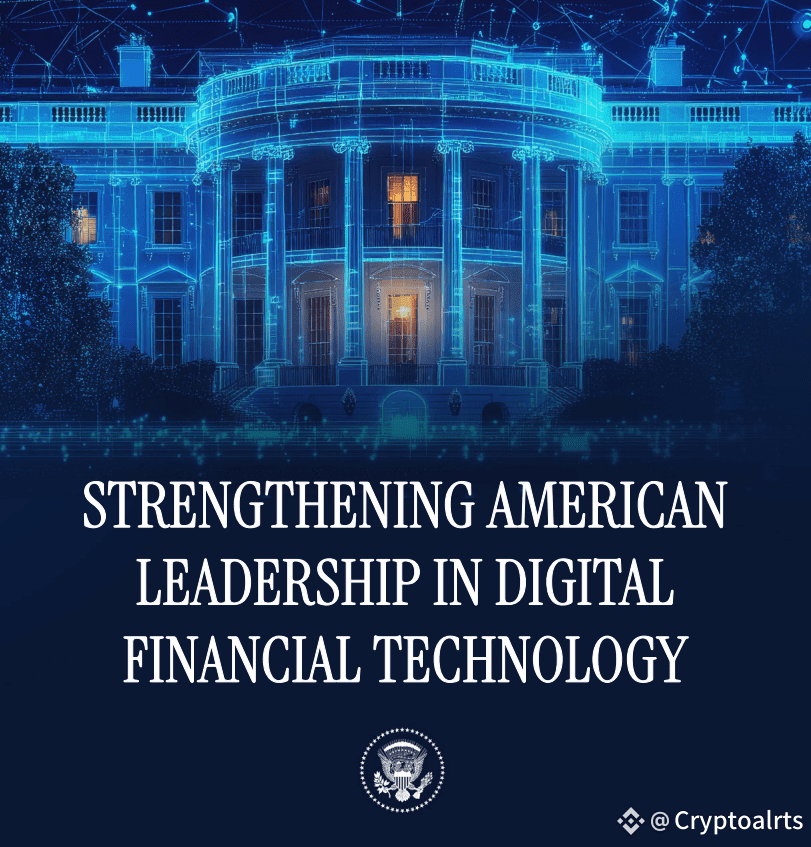

Buried in the policy language are major signals for Bitcoin—if you know where to look.
This isn’t just another crypto paper. It’s about how the U.S. is preparing for a monetary shift.
Let’s be clear: the Strategic Bitcoin Reserve is not being shelved or forgotten about.
The U.S. will “develop strategies that could be used to acquire additional bitcoin for the Reserve.”
This isn’t a pivot. It’s a continuation of a long-range monetary play.
How serious is it?
The report explicitly states:
“The bitcoin in the Reserve will generally not be sold and will be maintained as reserve assets of the United States…”
The same way nations treat gold reserves.
Bitcoin is named repeatedly and specifically in the context of U.S. reserve infrastructure.
The term “Bitcoin” appears 129 times throughout the report—far more than any other digital asset.
This isn’t a footnote. It’s the focal point.
While the report spends pages on regulating DeFi, stablecoins, and tokenized assets—Bitcoin stands apart.
It’s not treated as a security, not lumped in with tokens, and not the focus of new enforcement actions.
The distinction from crypto couldn’t be clearer.
Mining isn’t framed as an ESG concern.
Instead, the report flags potential national security risks tied to the location and infrastructure of mining facilities.
The government’s focus? Energy access, chip supply chains, and regional stability.
There’s no sunset clause here.
The report keeps Bitcoin in scope for future review—allocating interagency responsibilities, legal frameworks, and next steps for Reserve modeling and oversight.
The SBR isn’t a pilot—it’s an enduring policy structure.
#SECProjectCrypto #TrumpTariffs $BTC
